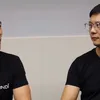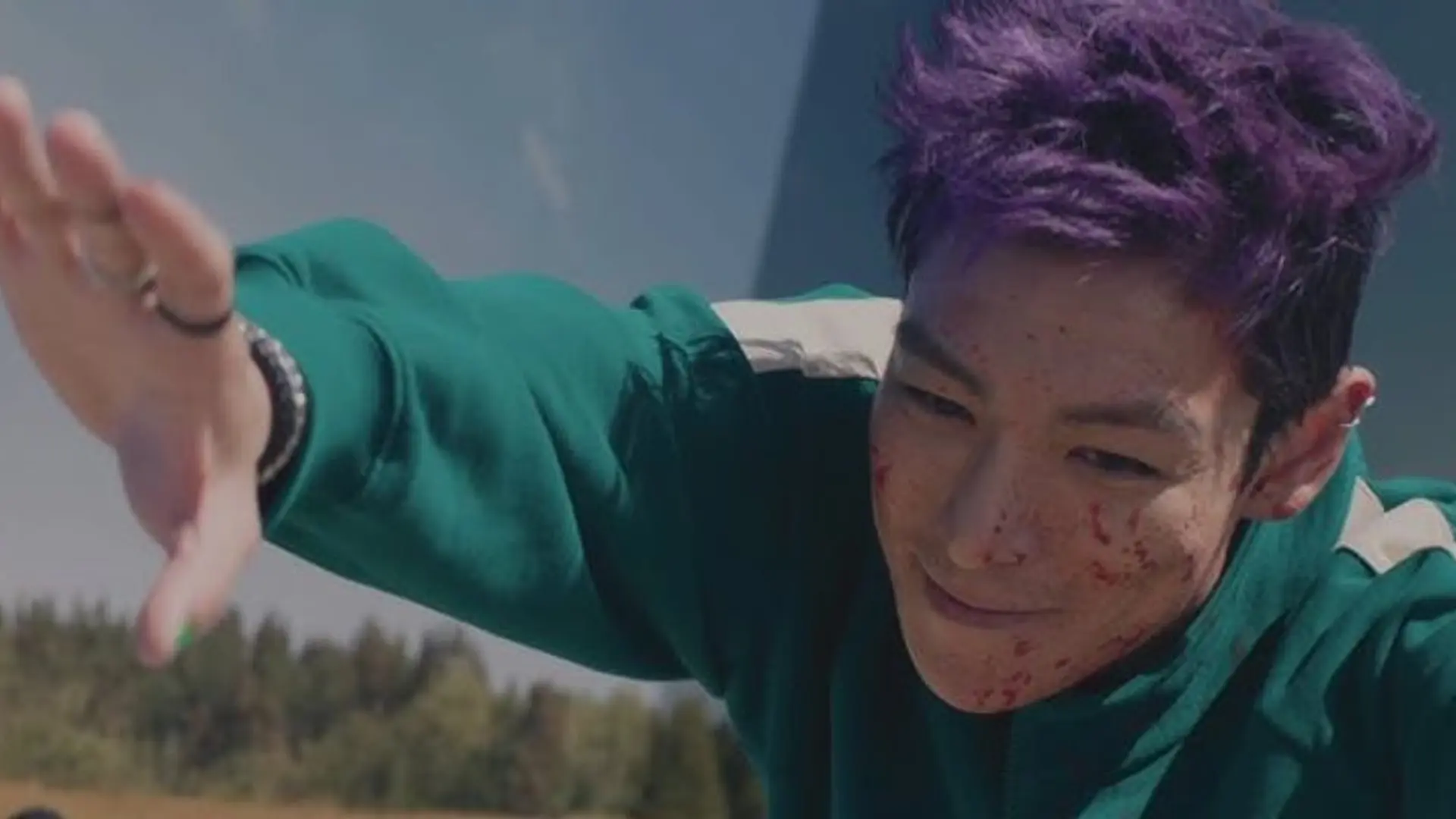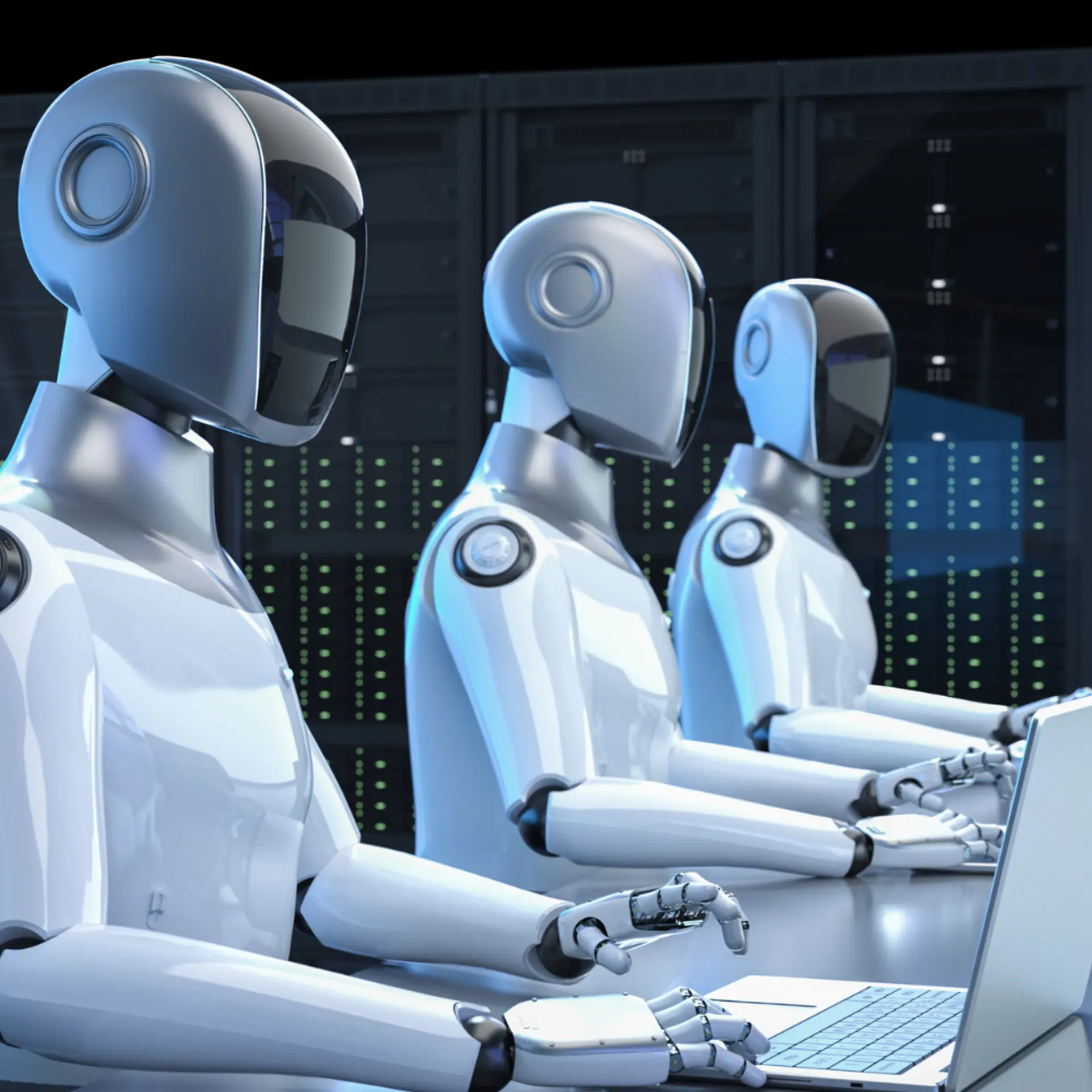[Techie Tuesday] He began coding at 10 and went on to build blockchain-powered phones: meet Pundi X’s Pitt Huang
For this week’s Techie Tuesday column, YourStory speaks to Pitt Huang, Co-founder, CTO, and COO of Pundi X, a Singapore-based startup that makes blockchain-powered devices.
In October 2018, Pitt Huang made history. The Co-founder, CTO, and COO of Pundi X had just made the world’s first blockchain-powered phone call. This was the moment he had been waiting for; all those sleepless nights of the previous one year had finally paid off.
Pitt felt it was just a representation of what the new Function X could accomplish. He realised that its future applications will be wider than just telephony - this would be a protocol for future forms of communication.
“We believe that blockchain is now at a stage of development as the internet was in the 1990s. We believe a blockchain OS can be as transformational as it enables users to securely send and receive data of all kinds, and also have a decentralised file storage system,” he says.
But Pitt’s interest in tech began much earlier than his tryst with blockchain. Coding since the age of 10, he was intrigued not only by software but also by different computer hardware systems.

Pundi X Co-founder, CTO, and COO Pitt Huang made history by making the world’s first blockchain-powered phone call in late-2018.
“By the time I was in high school, I would keep buying hard disks and keep tinkering with them. I would do so even with CPUs and systems. Basically, I would open up anything related to a computer to understand the wirings and the systems,” recalls Pitt.
It was this mix of tech interest that made it simpler for him to build blockchain-powered devices.
A line of code that does it all
Hailing from Sian, Shaanxi in China, Pitt comes from a family of bankers. “For generations, my whole family has been in financial services and banking. In one way, this led me to feel that the financial world needs technology more than anything else,” he says.
His tryst with technology began when he was just 10 years old. As a part of his school curriculum, Pitt had learnt coding in BASIC and was hooked.
“The whole idea of something transforming with a line of code made me want to experiment and do more. Then I thought, why not combine two of my favourites - drawing and coding. I began using BASIC to create images,” he recalls.
By the time he was in junior high, Pitt realised that digitisation was fast picking up. “I saw my parents, who were working in banks, migrate to a centralised online server. It made the processes simpler,” he says.
This further piqued his interest and he started exploring the online world. “Learning and coding also became simpler. The online world is a world of information, which makes it easier to experiment and try different things,” says Pitt.
By this time, Pitt had moved from coding and drawing to building his own games. “I think this was my turning point. I don’t exactly remember the different games I tested and built but these were basic space games. Anything that a high-school boy would be interested in playing,” he recalls.

Team Pundi X
Couponing his way forward
Following his interest, Pitt took up computer science engineering. During college, he built his first website using Flash. He, however, changed this to HTML soon.
Pitt says, “It was a Chinese version of Groupon. It was the early 2000s and online payments were picking up. Discounts and couponing were also growing along with it, so I built that website. It later got acquired in 2008 by Baizhu.”
“For me, technology is about how to make processes simpler. It is also about how you can build something that creates a lasting impact. I like doing something that has never been done. I want to be the first one to build something,” he adds.
By this time, Pitt was also part of the HTML5 Interest Group and during one of these meets, he happened to meet Zac Cheah in 2012, his Co-founder in Pundi X.
Initially, the duo thought of building an ‘Alipay’ kind of payments system in Indonesia. But life had other plans.
Bringing blockchain to everyday life
Pitt says, “It didn’t feel like fun. Alipay was already there. Why build something similar? The fun would be in building something of your own - from scratch - that nobody has built.”
It was during this time that he stumbled upon Bitcoin and Ethereum. “Because of my family’s financial services background, cryptocurrency intrigued me. On reading and coding more on blockchain, I realised that it has multiple uses,” he recalls.
This was in early 2015 when blockchain and cryptocurrency was slowly gathering steam. Learning further, Pitt felt that this was the next big wave after the internet. He also realised that working on a regular centralised model is a thing of the past.
But the problem with blockchain is the lack of awareness. Also, it is important to make it simpler for customers. So, instead of just looking at it for payments, Pitt thought of bringing it to the daily lives of people - just like the internet.
The duo realised that the best way was to ensure everyday use. The result was a blockchain-powered XPhone and a blockchain-powered point-of-sale XPOS.
While reports suggest that XPOS has been shipped to the UK, Switzerland, Colombia, Taiwan, Brazil, and South Korea, over 100,000 units of XPhone are scheduled to be rolled out to the global retail market by 2021.
Creating their own blockchain
In the initial days, the co-founders looked for a suitable public blockchain service for their device. However, they could not find one that suited their required speed or sophistication or one that stood real-world tests either. They also realised that switching between a centralised and decentralised system wasn’t easy.
As a result, the team decided to build their own system. This meant that Pitt had to work on protocols and systems to simplify blockchain use even in a centralised system.
“We not only invented our own blockchain but also a new protocol that would help transmit data in the world of blockchain - Function X. It is capable of sending, sharing, publishing, and storing data and apps of all kinds in a decentralised manner,” says Pitt.
1563805441398.png?fm=png&auto=format)
Pitt Huang believes technology is about making processes simpler and building something that creates a lasting impact.
Moving away from HTTP
But when you’re building something from scratch, especially in new technology, it also means a learning.
It was then that Pitt and his team devised the FXTP. By working away from HTTP, the company completely moved away from centralisation of any form and also made room for trying out new systems.
“HTTP goes through a centralised server and defeats the purpose. So, for Function X, I built FX TP, a protocol that doesn’t go through a centralised server but from node to node,” he explains.
So, how does it work? The co-founder explains that if you register your phone’s node name as ‘Pitt’, people can call, text or email your XPhone using ‘call.pitt’, ‘message.pitt’, or ‘mail.pitt’.
“What makes this distinct from a centralised OS is that every device that runs through FunctionX works as a network node through which all kinds of data is routed in simple yet secure way,” says Pitt.
Every part of the FunctionX ecosystem drives towards decentralisation. But users can switch between this and the traditional model as and when they need.
“For us, the measure of success is not a valuation or scale, but how much of data can we decentralise, and how many people can we get to adopt blockchain,” he says.
Pitt believes that the challenges blockchain faces today is also similar to what the internet saw in the late 1990s.
“It has the power to transform the way businesses will be run. The barriers and complexity of blockchain are what excites me. It is a strongly disrupting the way we view the world, making history every day,” he says.
The co-founder also believes that to succeed, one has to learn new things every day.
He says, “I tell my R&D team that you cannot copy from the old. When you are coding, you have to think about how you can make its usage simpler to the end user. Also, it is important to think how your line of code can co-exist with the others.”
“We are working in a paradigm shift and you have to think how you are going to make people work with your service, and how it can transform in the near future. Like I said, we are making history, so we need to write it carefully,” says Pitt.
(Edited by Saheli Sen Gupta)


![[Techie Tuesday] He began coding at 10 and went on to build blockchain-powered phones: meet Pundi X’s Pitt Huang](https://images.yourstory.com/cs/2/730b5070-2d6c-11e9-aa97-9329348d4c3e/Techie-tuesday--Pitt-Huang,-CTO,-Pundi-X1563805309282.png?mode=crop&crop=faces&ar=2%3A1&format=auto&w=1920&q=75)
![[Techie Tuesday] Sanjeev Barnwal of Facebook-backed Meesho has one advice for coders: ‘get out ...](https://images.yourstory.com/cs/2/a9efa9c0-2dd9-11e9-adc5-2d913c55075e/Sanjeev_800_4001562586046701.jpg?fm=png&auto=format&h=100&w=100&crop=entropy&fit=crop)
1562678916018.png?fm=png&auto=format&h=100&w=100&crop=entropy&fit=crop)






